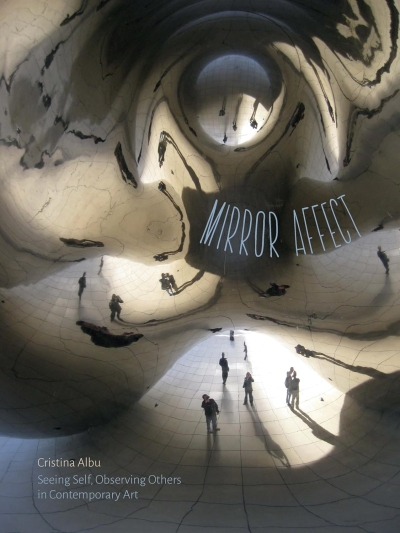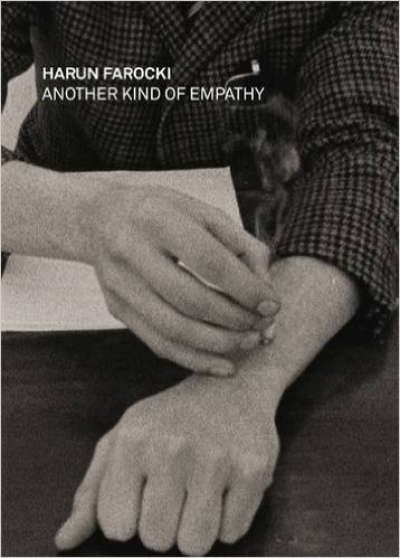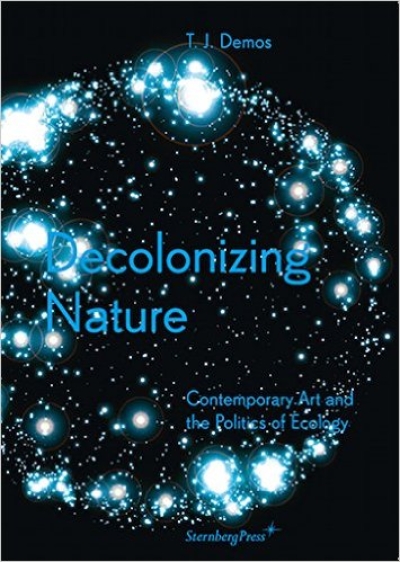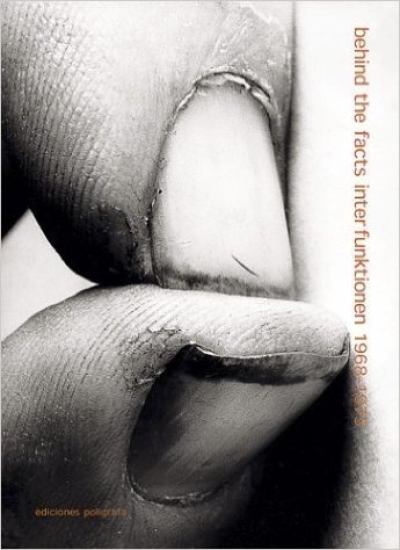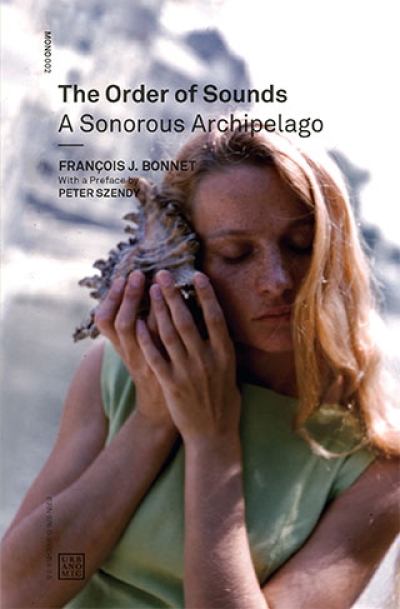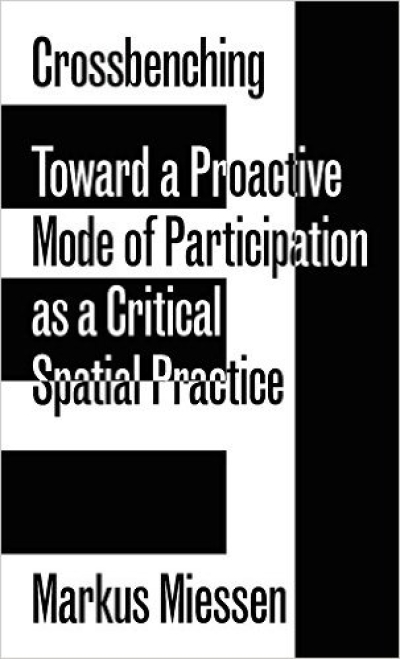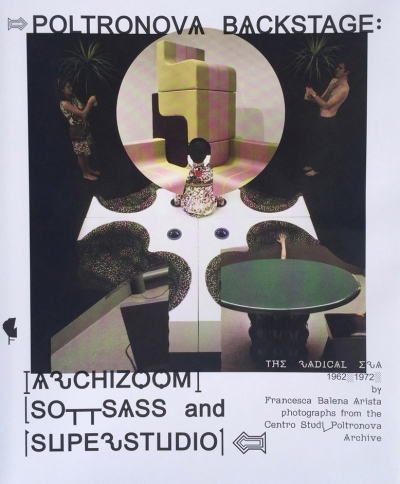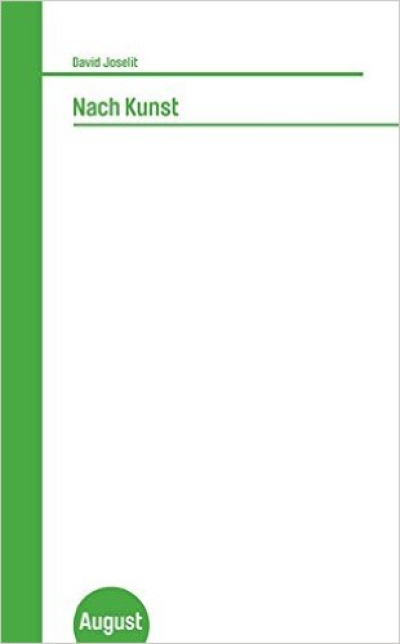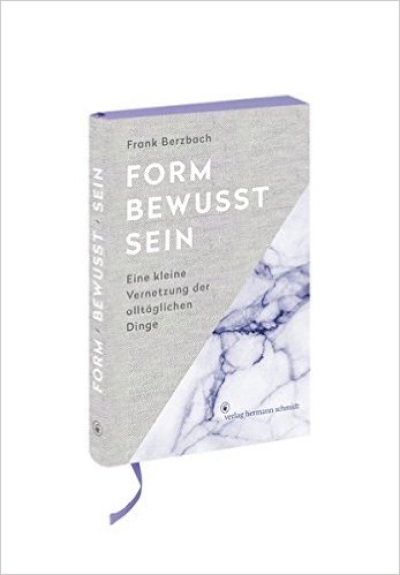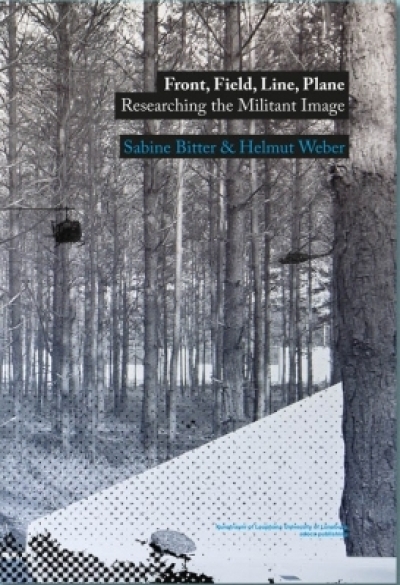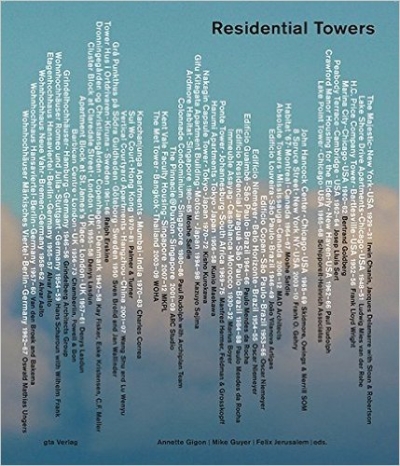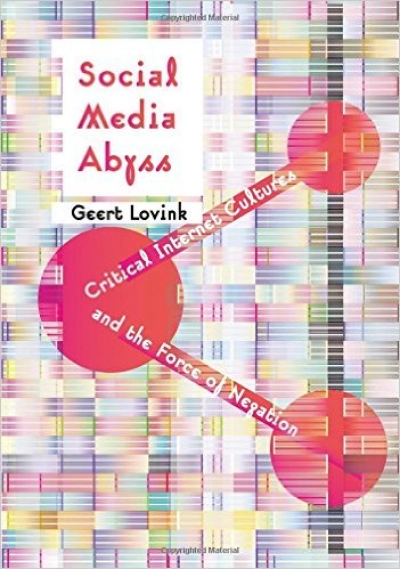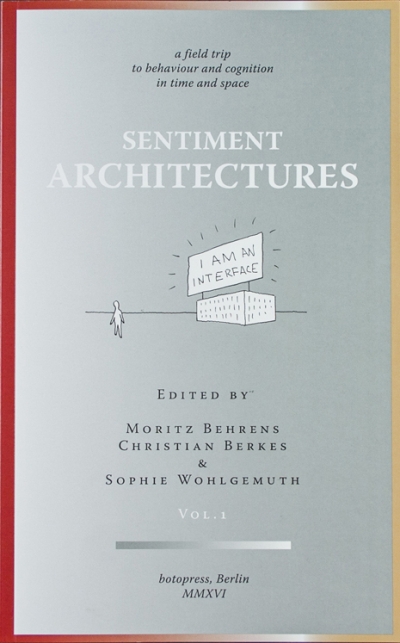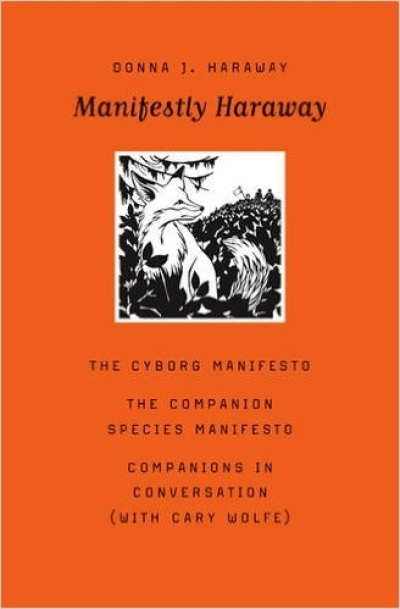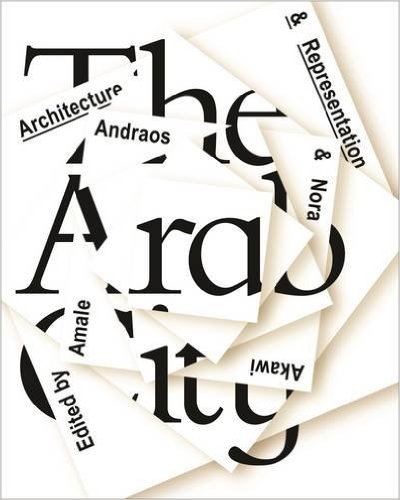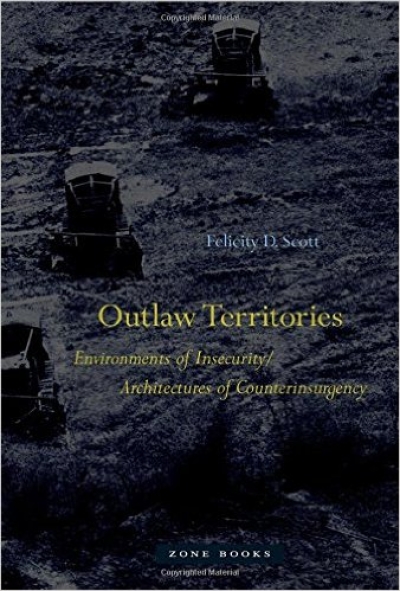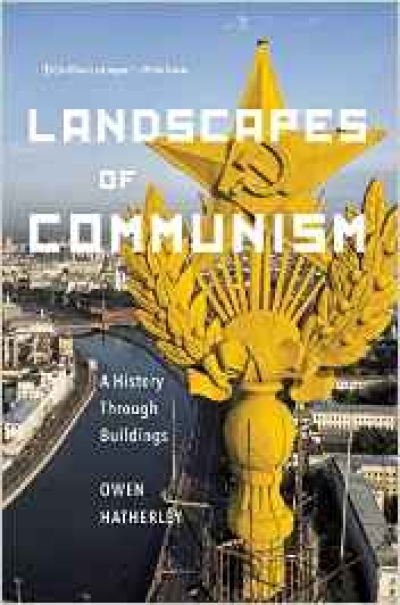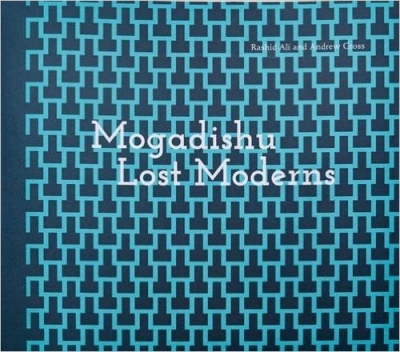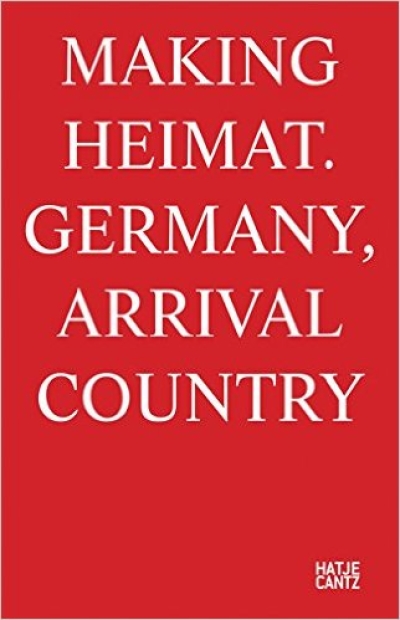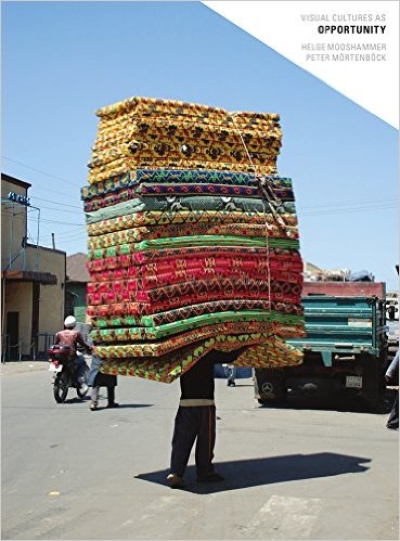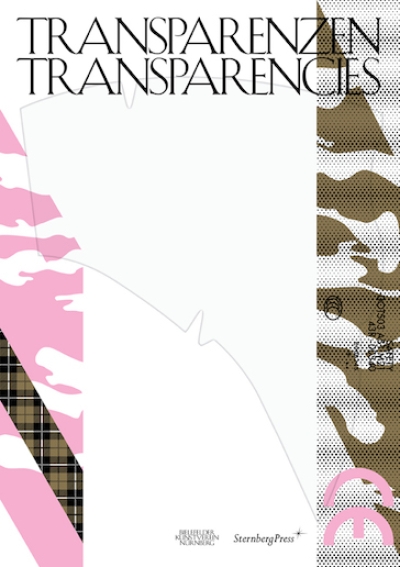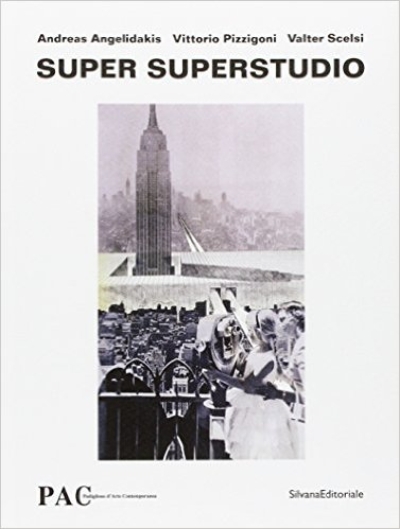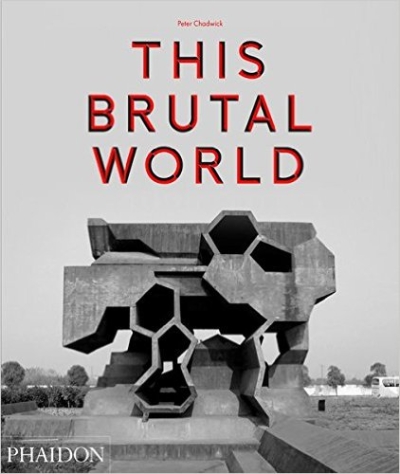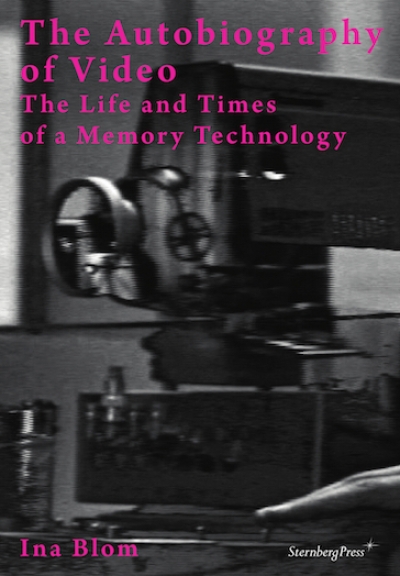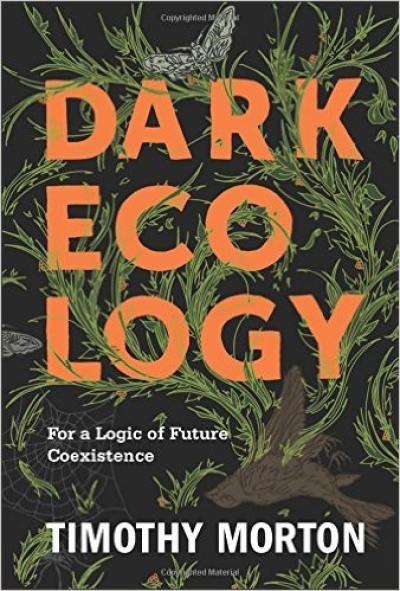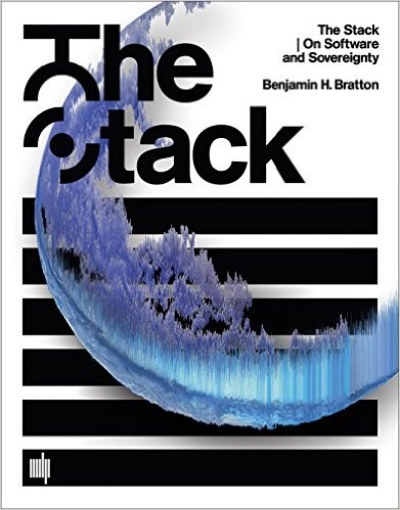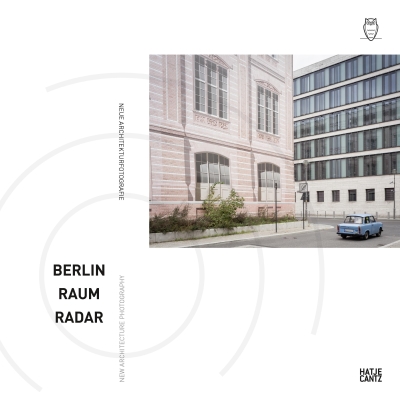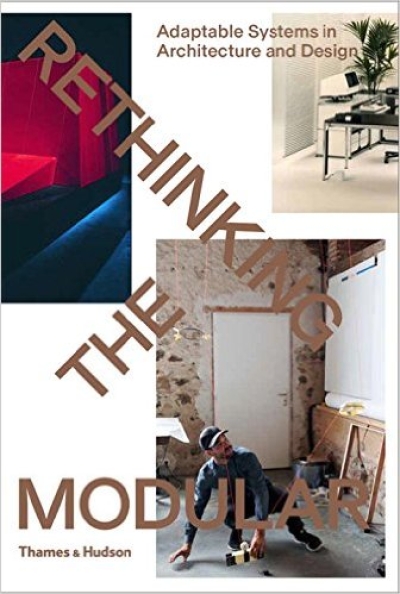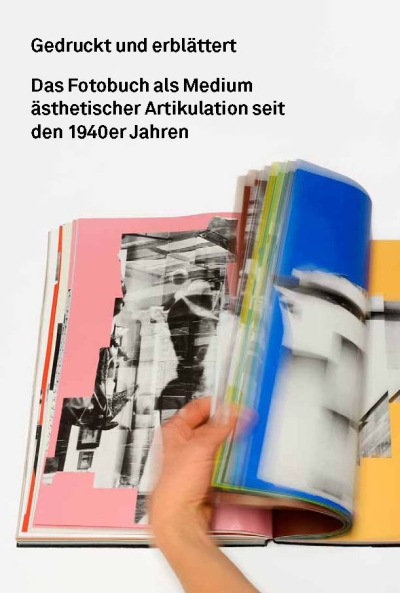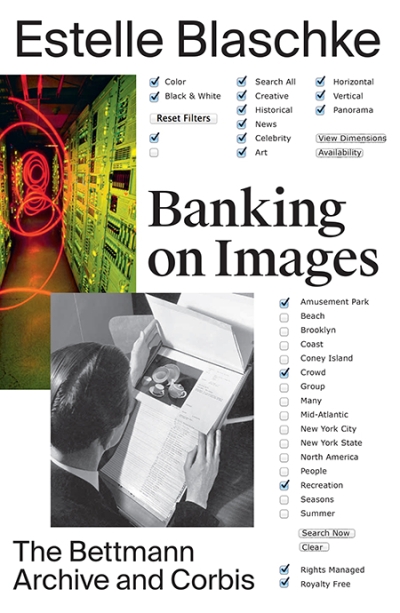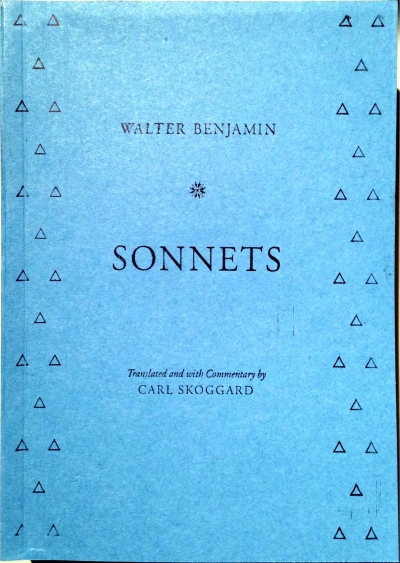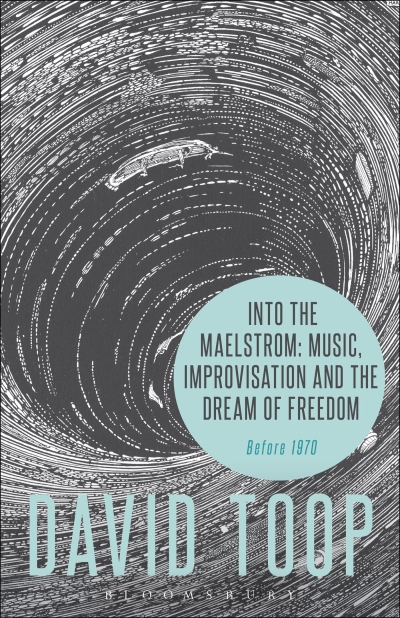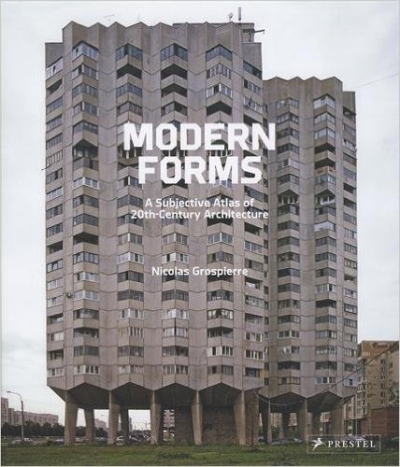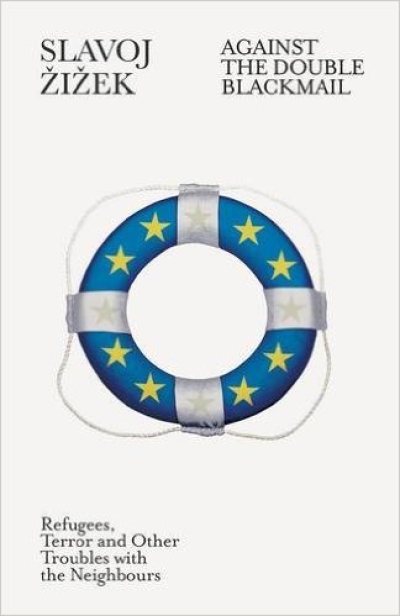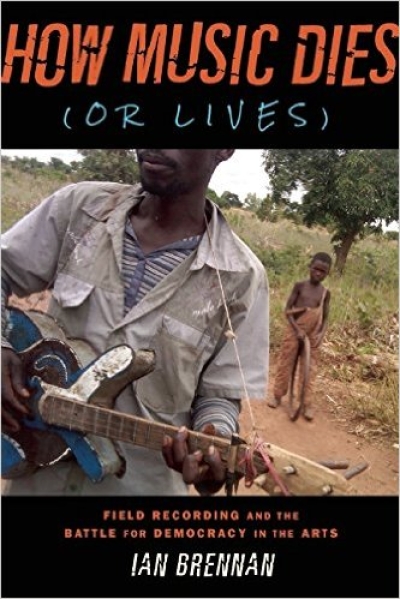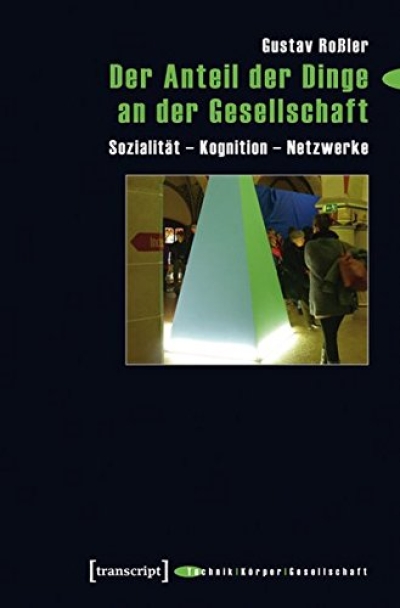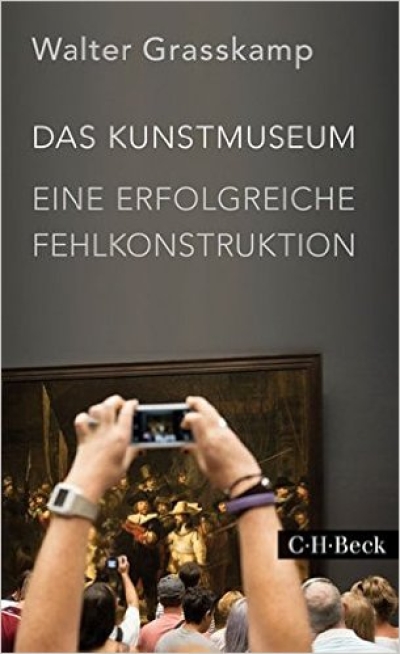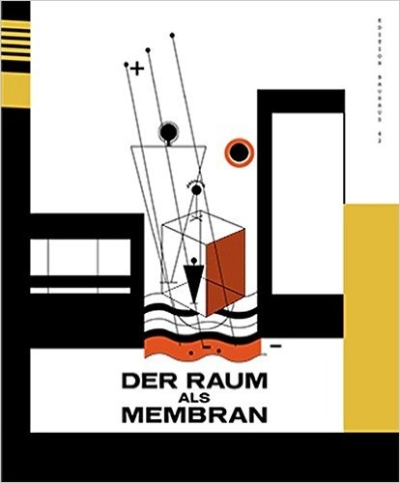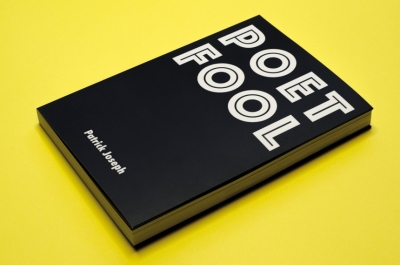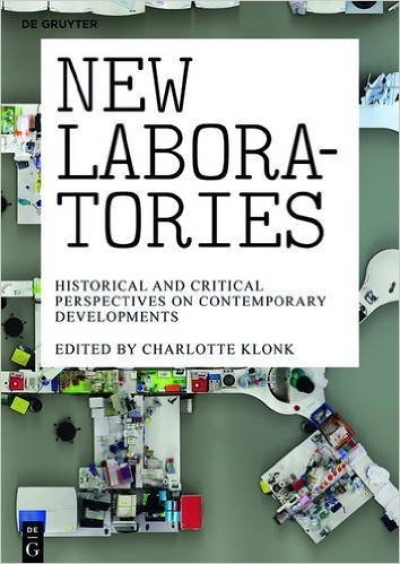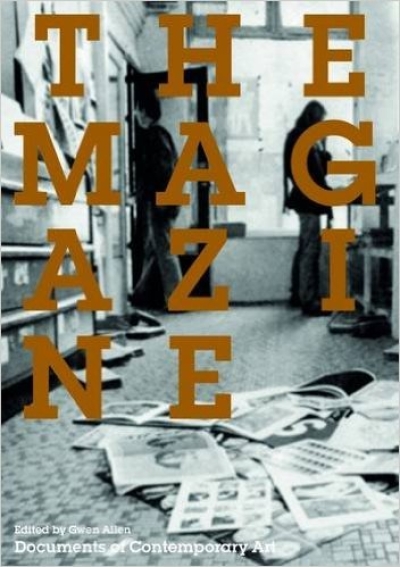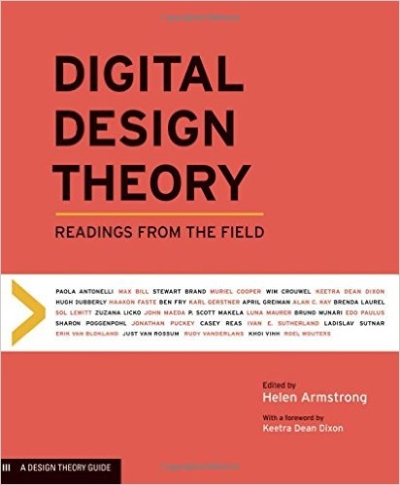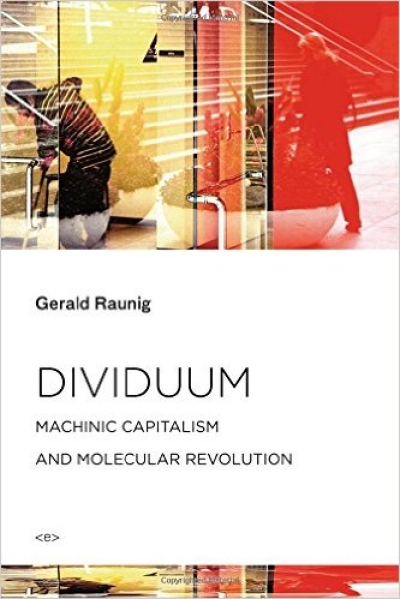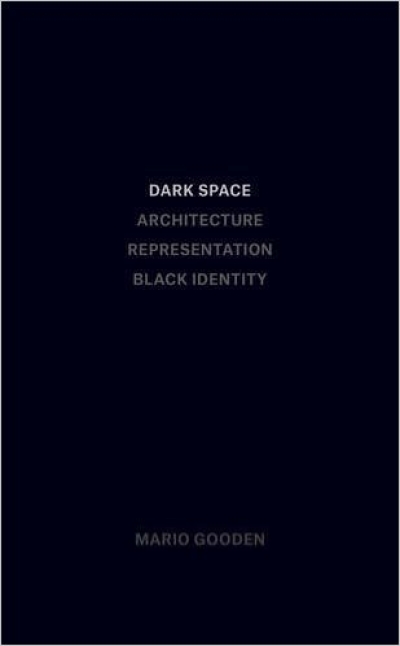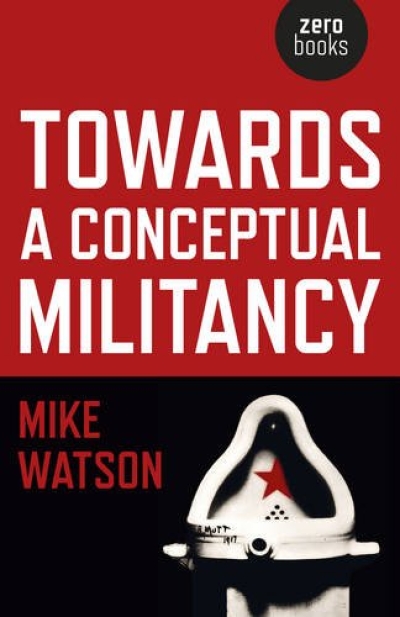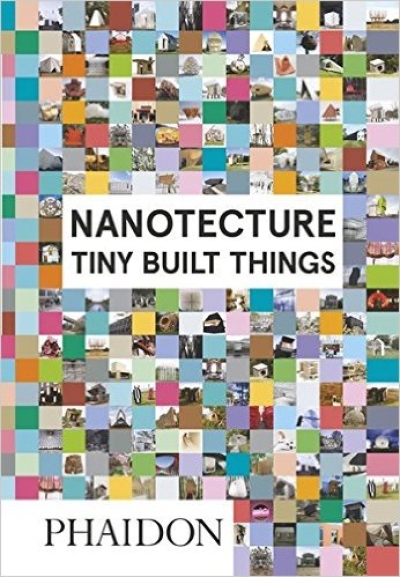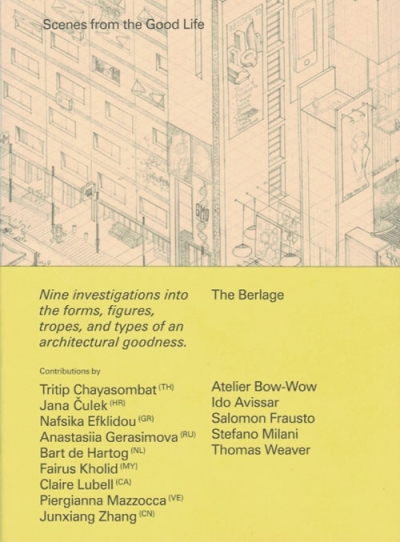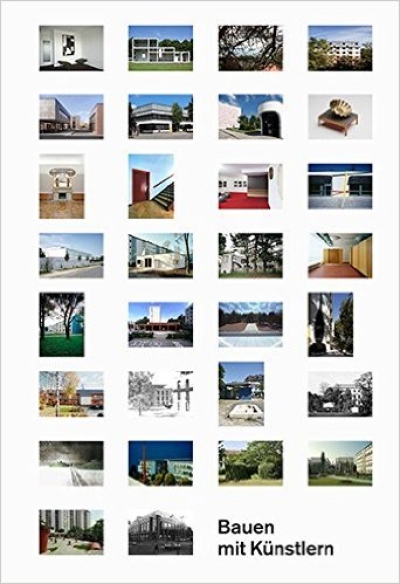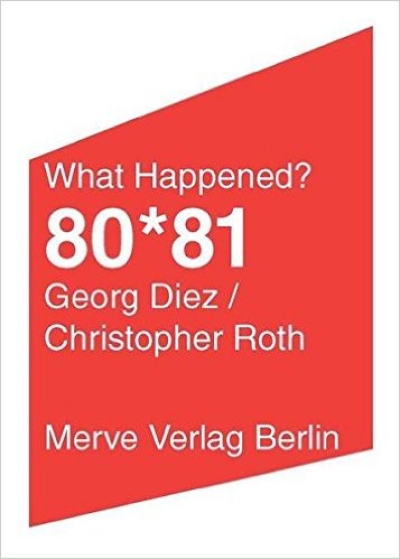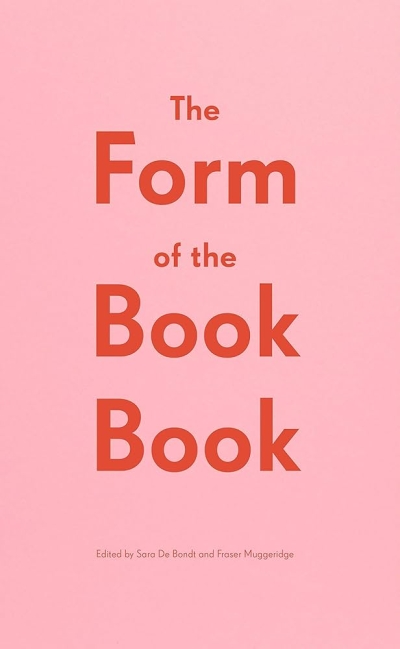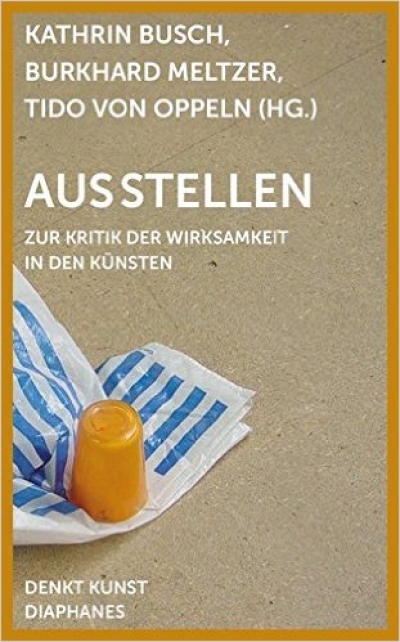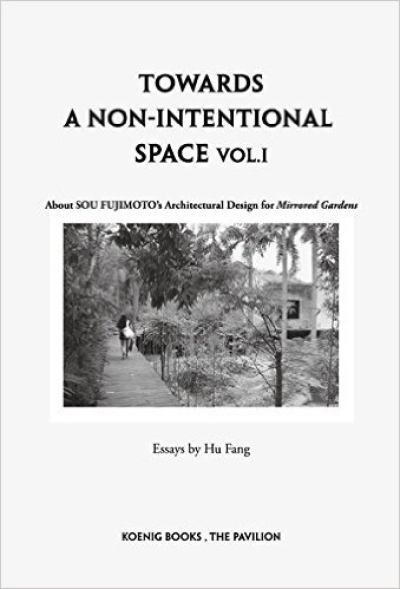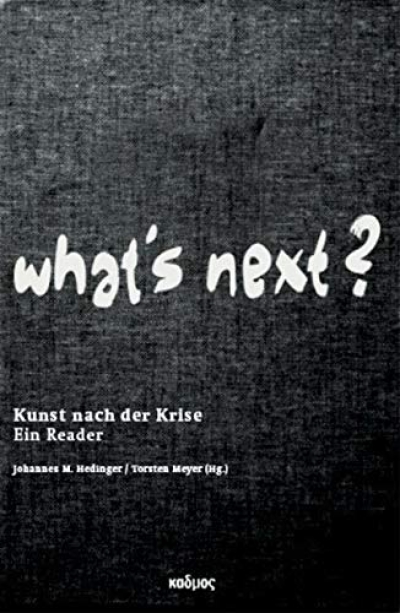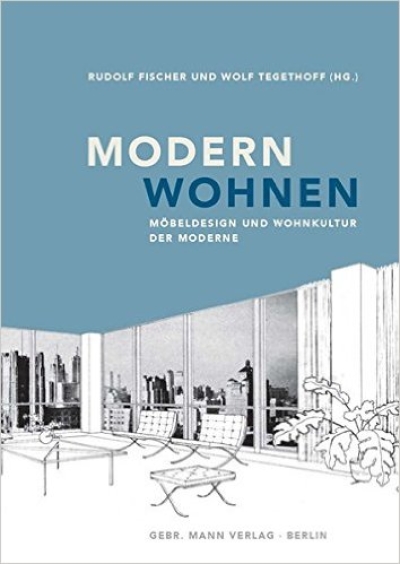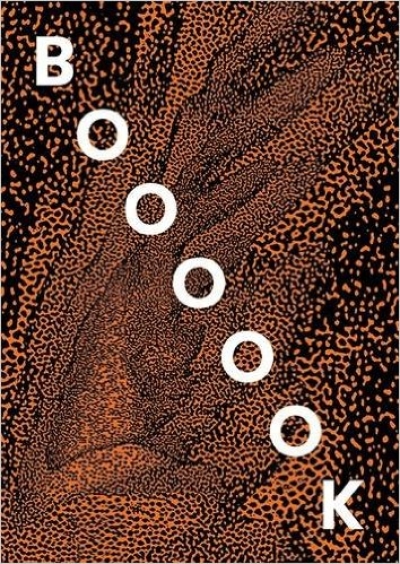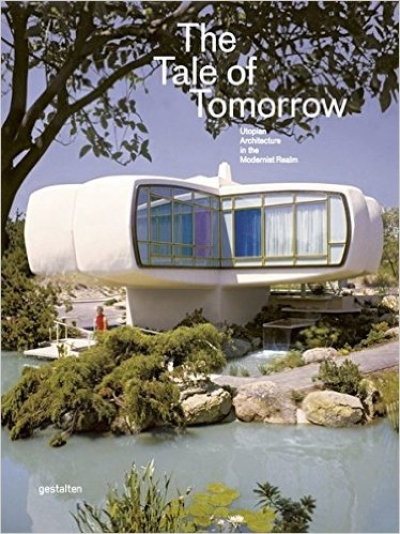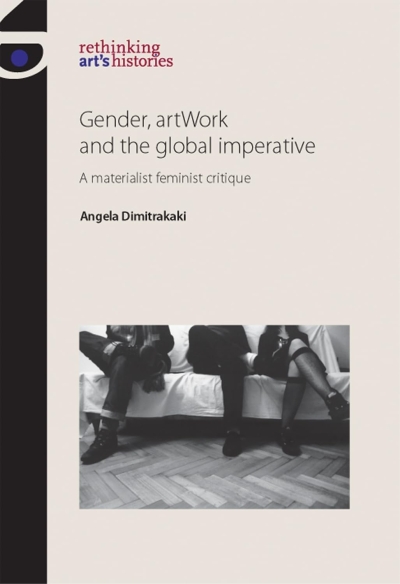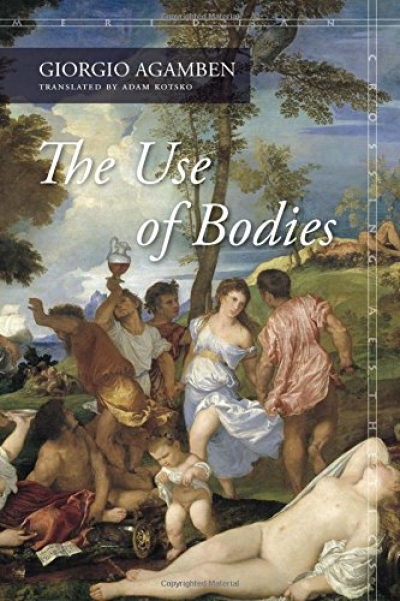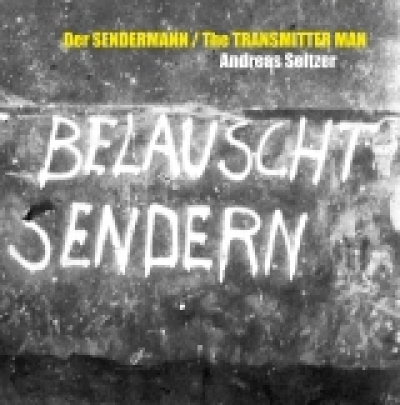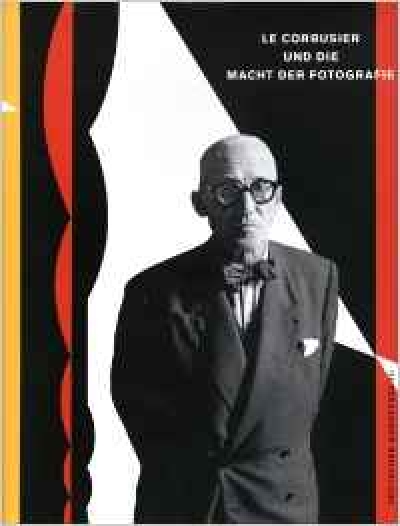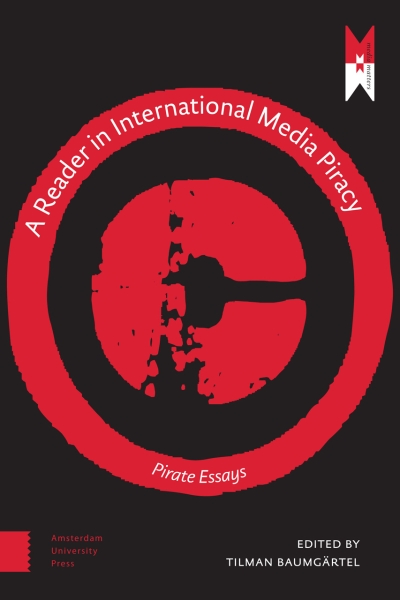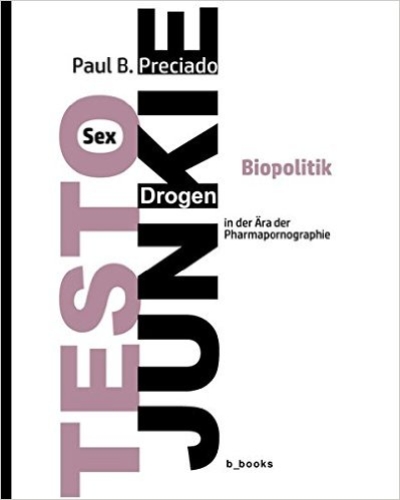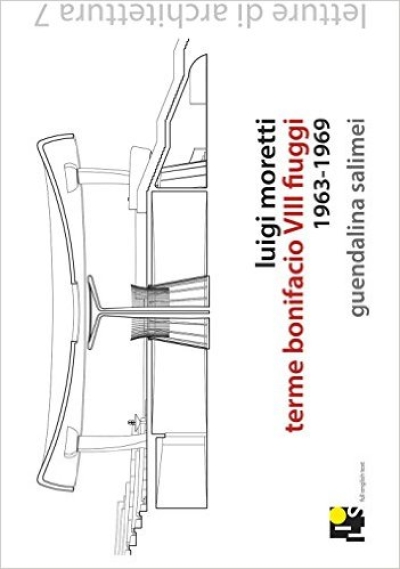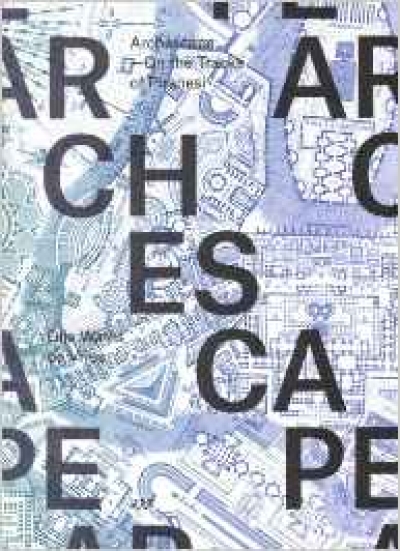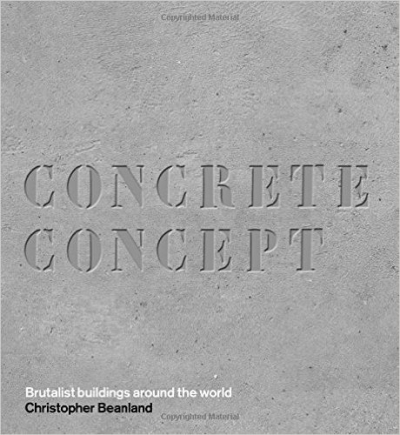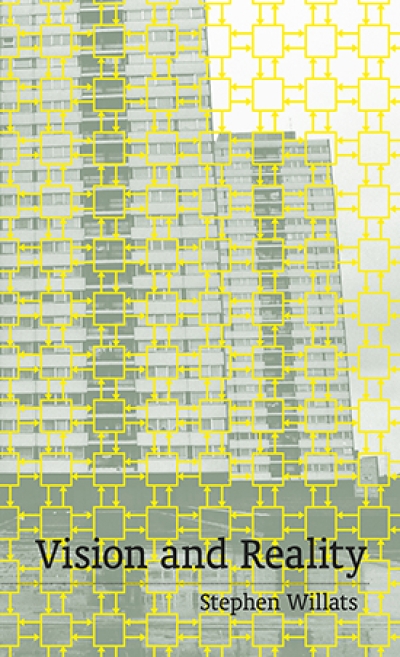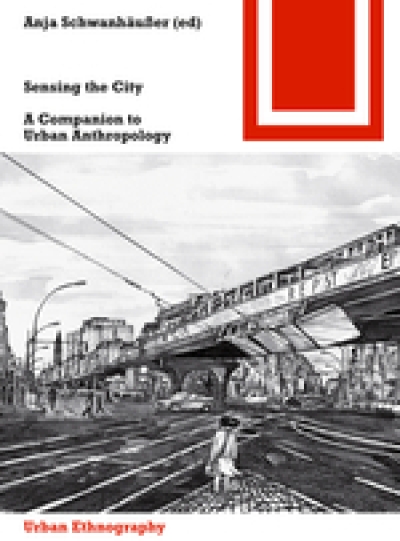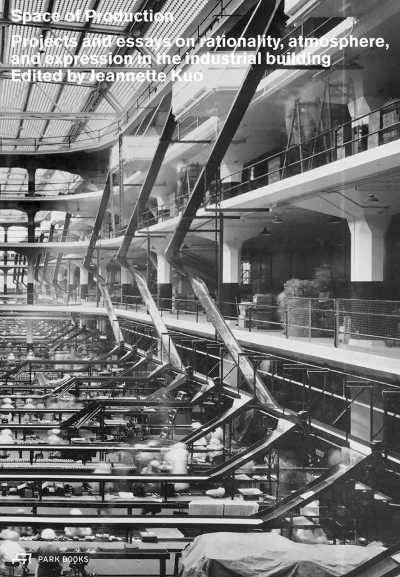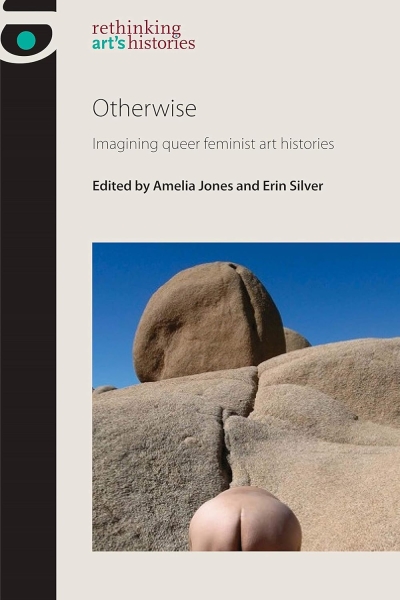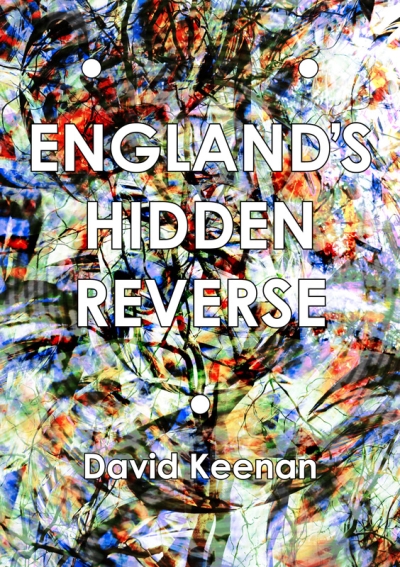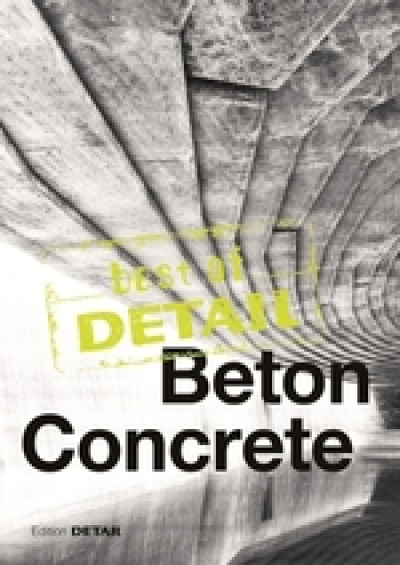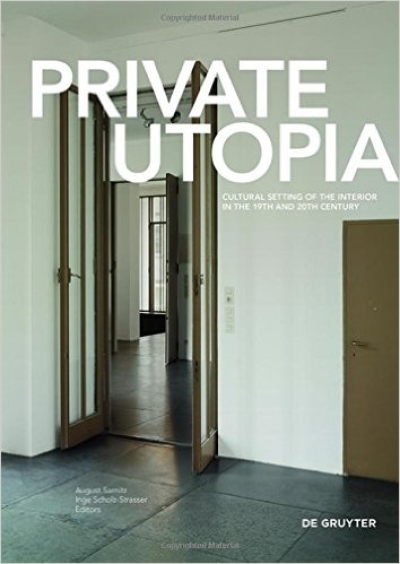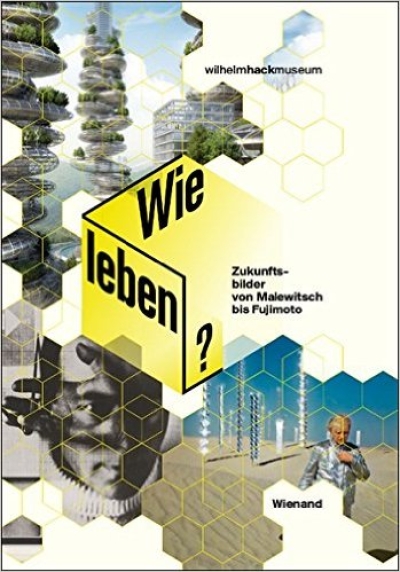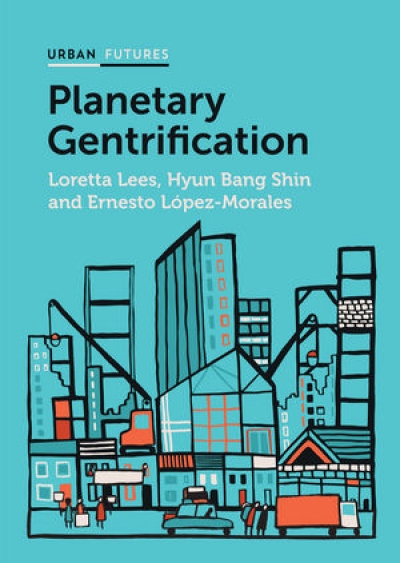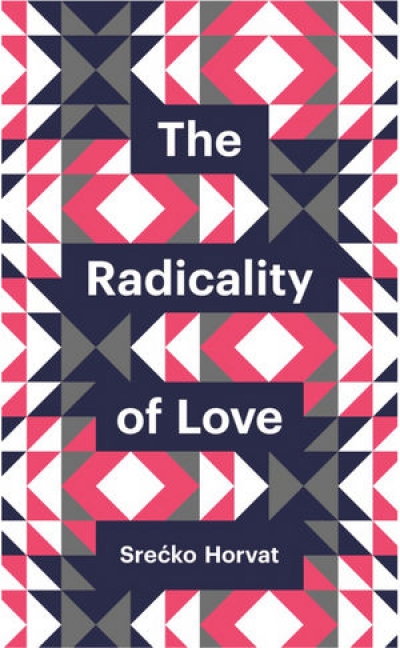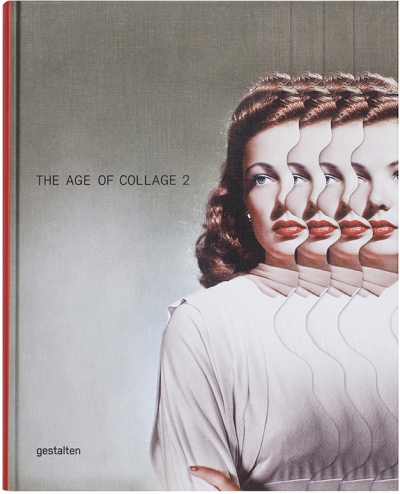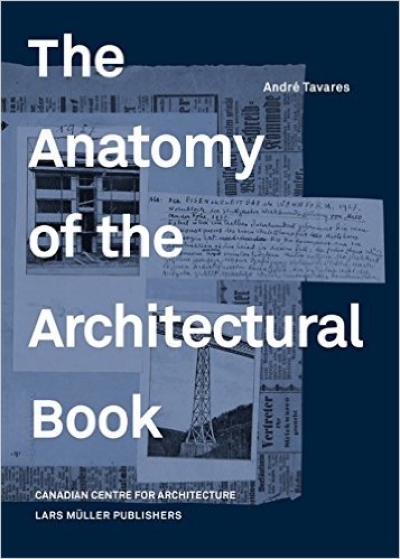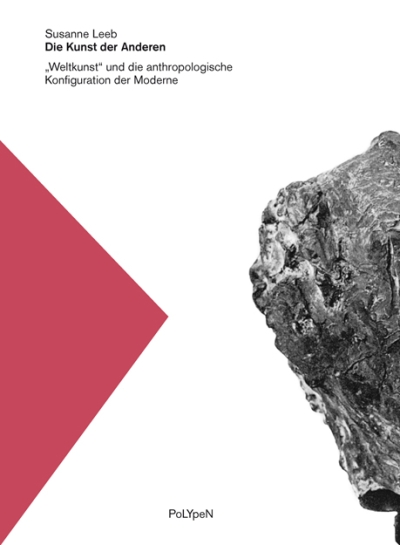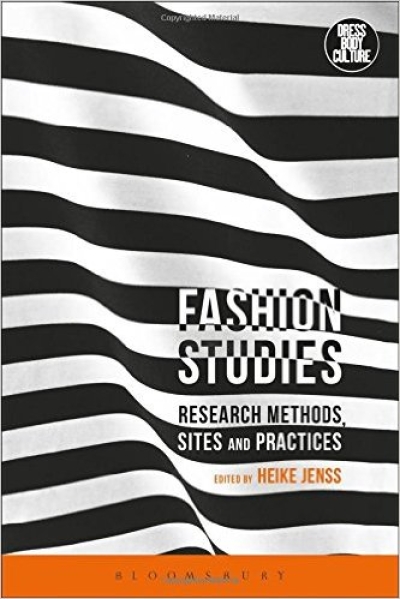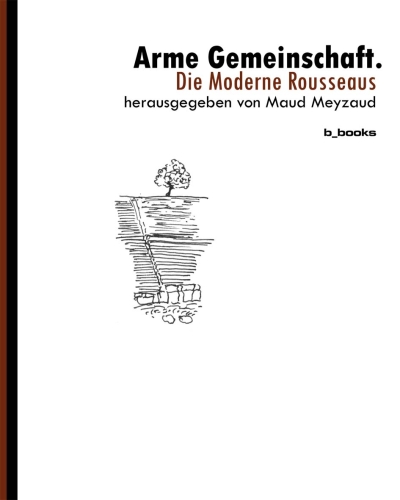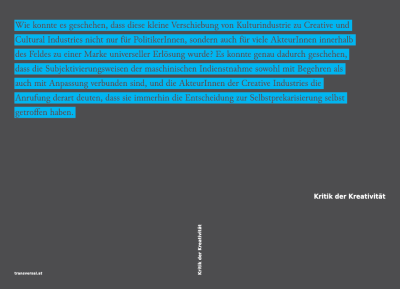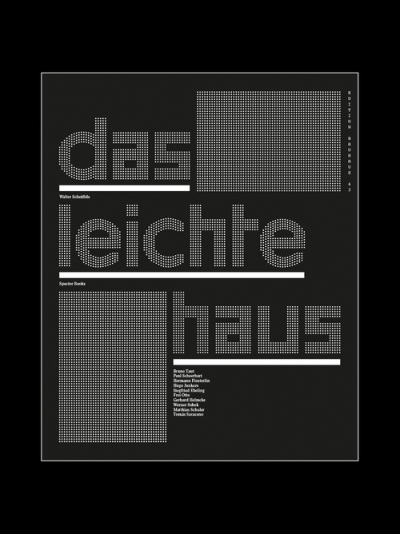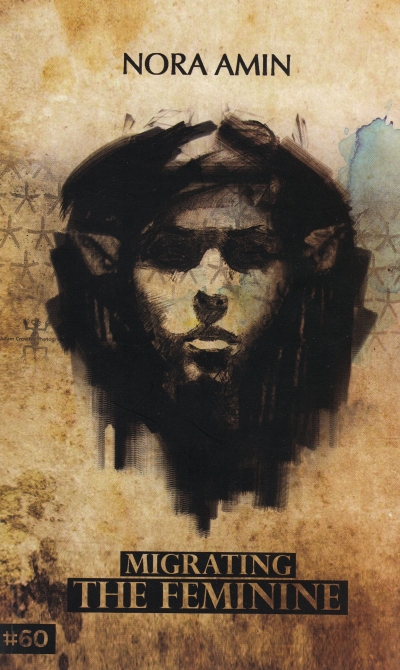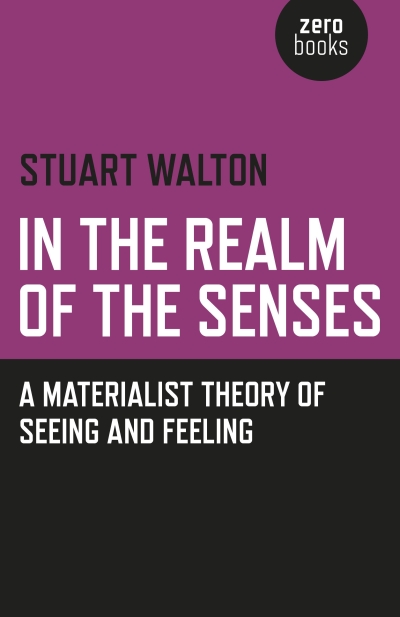
Things Don’t Really Exist Until You Give Them a Name: Unpacking Urban Heritage
Things don’t really exist until you give them a name – zeichnet den zeitgenössischen Diskurs und die Praktiken zum städtischen Erbe weltweit nach. Von Dar es Salaam bis nach Berlin, über Istanbul, Flint und Kolkata hinaus werden unterschiedlichste Stimmen zur Kulturerbedebatte zusammengeführt. Gerade Künstle_innen, Kurator_innen und Aktivist_innen sowie Historiker_innen, Architekt_innen, Planer_innen und Stadtforscher_innen beschäftigen sich mit dem problematischen Thema urbanes Erbe: Und obwohl das Kulturerbe den Anspruch erhebt die Macht zu haben, sowohl sozialen Zusammenhalt aufzubauen wie auch städtische Gemeinschaften zu stärken, bleibt es umstritten und spaltend.
Über Gedenkstätten, Monumente und denkmalgeschützte Bauten hinausgehend, betrachten die Autoren_innen das städtische Erbe anhand einer Vielzahl von Objekten, Orten und Praktiken sowie Technologien und Infrastrukturen. Dazu gehören unter anderem diejenigen Straßenschilder Berlins, die kritiklos an die koloniale Vergangenheit der Stadt erinnern, die Gewohnheit, Abkürzungen durch Lubumbashis Seitengassen zu nehmen als eine Form des Erbes der kolonialen Stadtplanung, sowie die künstlerische Intervention im Zentrum von Lahore – einem besonders volatilen Umfeld für Kulturerbeinitiativen – die an die Vielzahl der Menschen, die in den Straßen der Stadt ermordet wurden, erinnert.
Zwischen diesen kritischen Aufsätzen sind die Werke der Künstler_innen, darunter eine Reihe von Holzstühlen, die sich durch Dar es Salaam bewegen oder eine Archivrecherche zur Rolle von deutschen Missionaren bei der Zwangsumsiedlung von indigenen Gemeinschaften im südlichen Afrika, eingestreut. Interviews mit aktiven Mitglieder_innen von Kulturerbebewegungen, die unter anderem musikalische Landschaften und die Herausforderungen bei der Aufnahme eines Dialogs mit der Regierung vor Ort diskutieren, ergänzen die Mischung. Am Anfang des Buches steht eine kritische Reflexion der Methoden und Instrumente und die Ergebnisse, die bei den Untersuchungen von städtischem Erbe in Dar es Salaam und Berlin von den Studierenden angewendet beziehungsweise erreicht wurden und die die Themenauswahl dementsprechend vervollständigen.
Mit frischen Perspektiven, plädiert dieses Buch für einen erweiterten bürgernahen Ansatz und für das Recht auf ein urbanes Erbe, der dazu beitragen könnte, Städte gerechter und integrativer zu gestalten.
Things don’t really exist until you give them a name traces contemporary urban heritage discourses and practices across the globe. From Dar es Salaam to Berlin, via Istanbul, Flint and Kolkata, this book connects a wide range of voices to heritage debates. Artists, curators, and activists as well as historians, architects, planners and urban researchers address the urban heritage conundrum: Although heritage is claimed to have the power to achieve social cohesion and galvanise urban communities, it isintrinsically contested and divisive.
Beyond memorials, monuments and listed buildings, the authors consider urban heritage through a variety of objects, places and practices as well as technologies and infrastructures. These include street signs in Berlin that uncritically memorialise the city’s colonial past; the habit of taking short cuts through Lubumbashi’s back alleys that is a legacy of colonial urban planning; and an artistic intervention in the centre of Lahore—a particularly volatile environment for heritage activism—to commemorate people who were killed in the city’s streets.
Interspersed among the critical essays are presentations of the work produced by artists, including a set of wooden stools that traversed Dar es Salaam, and an archival investigation of the role of German missionaries in the forced resettlement of southern African communities. Interviews with heritage activists that discuss among other things music landscapes and the challenges in beginning a dialogue with local government add to the mix. A critical reflection on the methods and tools applied to student investigations of urban heritage in Dar es Salaam and Berlin, and the results they produced, completes the combination.
Through fresh perspectives, this book argues for a more citizen-centred and rights-based approach to heritage which could help to make cities more just and inclusive.
